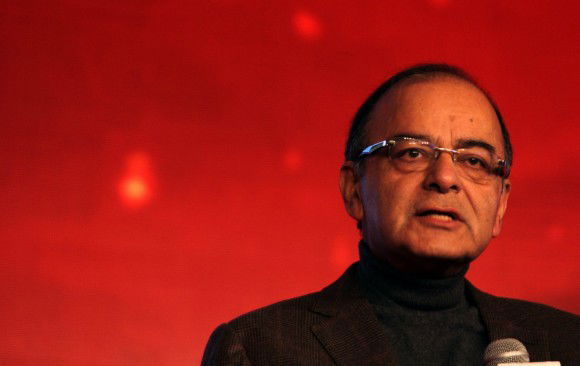Headlines
Captive generation by industries may go up, warns Economic Survey

Chennai, Feb 26 The high cost of industrial power coupled with erratic supply has resulted in steady growth of captive generation and the trend could accelerate with lower oil prices, states Economic Survey 2015-16.
The Economic Survey was tabled in parliament on Friday.
"The compound annual growth rate (CAGR) of captive power generation between 2006-07 and 2014-15 is 9.3 percent, compared to 4.6 percent for electricity procured from utilities," the survey notes.
"These trends could be exacerbated in the coming years, as the decline in oil prices and the cost of renewable energy alternatives may prompt a further shift to captive power," warns the survey.
According to the survey, the use of diesel generators is on the rise to protect against uneven power supply with total capacity around 72 GW and growing at the rate of 5 GW per year.
High tariffs and erratic supply have led to a slow but steady decline in the growth of industrial electricity purchases from utilities and a gradual transition towards captive generation.
The survey points out that the complexity of the tariff structure because of different tariffs for different sectors prevents economic actors from responding sufficiently to price signals.
Simplification in tariffs may improve transparency and yield consumption and collection efficiency along with governance benefits.
While the power generation capacity has increased, the financial strength of power distribution companies to purchase electricity has gone down.
This has resulted in current power plant load factors reaching their lowest mark at around 60 percent.
According to the survey, the time is ripe to allow industries with higher power needs to absorb excess generation through `Open Access' mode to energise `Make in India' philosophy.
According to the survey, there is great scope for progress in domestic power tariff whereby the rates for poor can be reduced to cover costs.
The survey states that cross subsidisation will happen within the domestic consumer segment with high intensity households subsidise prices for low intensive power users.
As to the capacity addition, the survey notes that 2014-15 witnessed the highest ever increase in generation capacity of 26.5 GW compared to the average annual addition of around 19 GW over the past five years.
The renewable energy targets have been revised from 32 GW to 175 GW to give a policy push to the renewable sector and sustainable development.
Grid parity for solar generation is on its way to becoming a reality with auctions under the National Solar Mission resulting in all time low tariff of Rs.4.34 per KWh, the survey notes.

11 hours ago
PM Modi moots IBSA Fund for climate resilient agriculture at Johannesburg meet

11 hours ago
Piyush Goyal conveys PM Modi's wishes to Netanyahu, highlights progress in trade dialogue

11 hours ago
INS Sahyadri, Australian Navy's HMAS Ballarat participate in 'AUSINDEX' in Northern Pacific

11 hours ago
PM Modi meets his Japanese counterpart; bilateral cooperation discussed

11 hours ago
Lee vows to host G20 summit in 2028 with 'profound sense of responsibility'

11 hours ago
PM Modi, South African Prez Ramaphosa push for enhanced trade, tech and Global South voice

19 hours ago
G20 Johannesburg summit calls for improving global governance

19 hours ago
EAM Jaishankar speaks to Ukrainian FM, discusses latest conflict-related developments

19 hours ago
PM Modi holds significant discussions with world leaders during Jo'burg G20 Summit

19 hours ago
US says Russia-Ukraine peace draft made with Moscow's 'input'

19 hours ago
Ukraine, US to hold consultations on peace plan in Switzerland

19 hours ago
Houthi court sentences 18 Yemeni UN aid workers to death for 'spying for Israel'

19 hours ago
Justice Surya Kant to take oath as 53rd CJI tomorrow






















